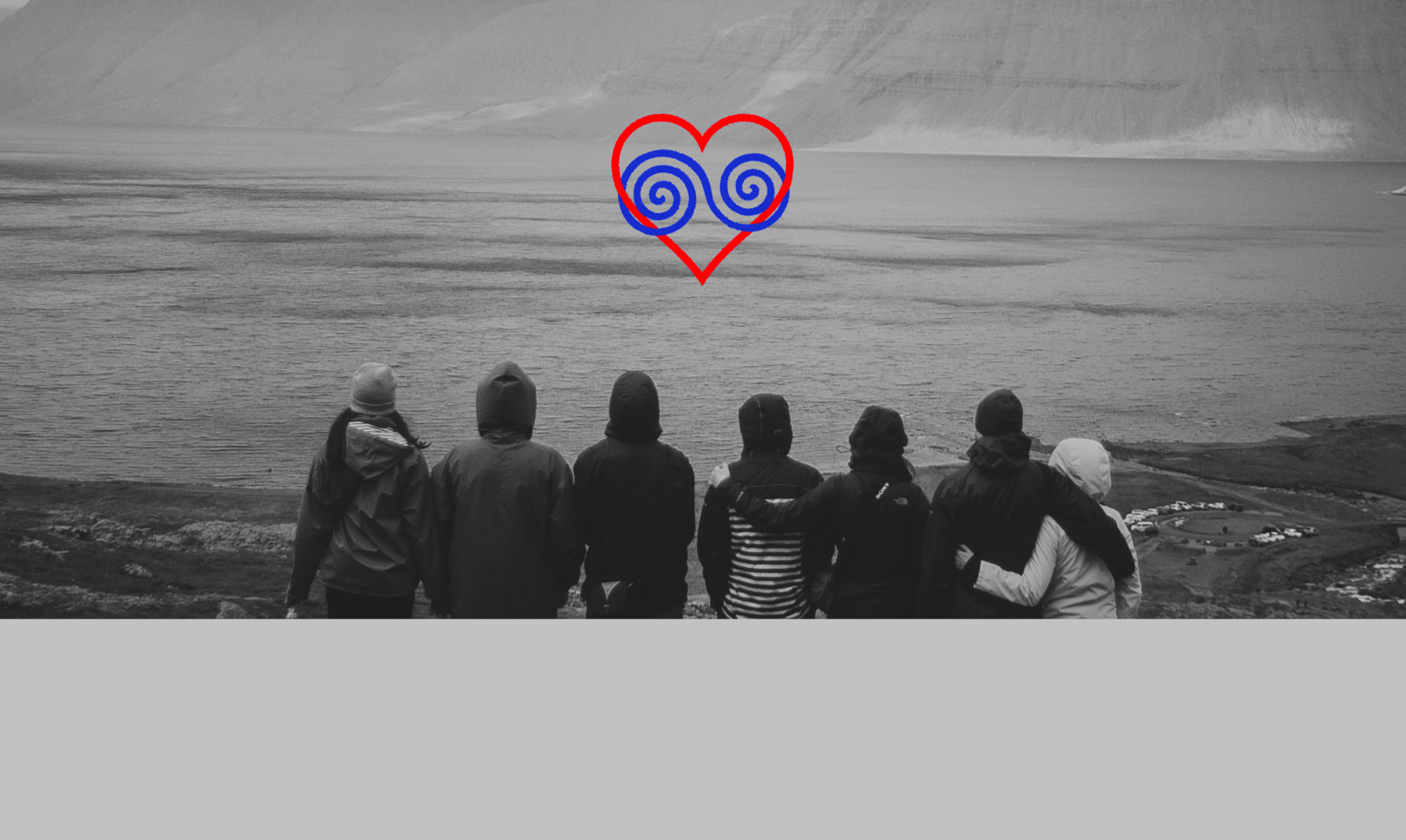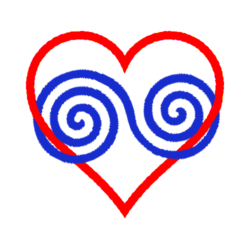Horse-trading
This weekend, my nesting-partner received a message that gave her reason for some concern.
My nesting partner is a horse owner and has kept a few horse in the course of her life. A horse, however, is a somewhat costly passion – definitely in terms of time and finances – and accordingly it may happen in the life of the owners that changes to the overall circumstances concerning their everyday life eventually impair the constant responsible care such an animal claims. In such moments of crisis it may happen that most horse owners (which at least I know) try to pass their animal into the much sought-after “good hands“. The search for a suitable takeover is therefore as much a service to the own conscience, as well as to ensure the continued well-being according to ones own standards even after the change of ownership. In those favourable cases, such a procedure results in the fact that even after the animal has been transmitted, the former owner is periodically provided with status messages on health or even with photos – provisions by which the new owners on occasion confirms: the horse is (still) well.
In this way, horse keeping still sometimes resembles to some extent a switch-yard – and of course it may happen at some point that by a further change of ownership such an arrangement is eventually broken or forgotten – and as a previous owner * in the second or third row you no longer learn how the further fate of the animal develops.
Exactly such a “second-degree change of ownership” was pending concerning one of my partner’s former horses: Her former pet was about to pass from the originally thoroughly selected “good hands” once more into a more uncertain future of further ownership.
Of course, there is a certain ostentatious arrogance of impropriety regarding this quite regularly occurring transfer of ownership – even and especially among seasoned equestrian enthusiasts.
“If you want to own a horse, then you have to think about the like of it before! “, is a typical remark in such cases. Or even more extreme: “If you are not ready to take on responsibility for a horse for a lifetime, then you should not get one in the first place.”
Pithy appeals regarding our loyalty, integrity, responsibility and sustainability towards a living being – and thus we are immediately in the midst of the complexities of Oligoamory (see Entries 3 + 4 ).

Because as an observer of the happenings at the weekend I immediately felt reminded of a more personal area, which perhaps manifests not quite the same – but nevertheless similar implications and moral calls: Being a parent. And as a father, I know quite well that “in the long run” you sooner or later encounter stages during that vocation, where you are overchallenged, helpless and dependent on support in any possible way. And here, too, there are similar “moral guardians” who are always at hand in such situations with the most helpful advice of all: “About something like that you should have thought before! “. That’s why there exists not only “Rider-Shaming¹” but of course the well-established “Parent-Shaming¹”. And from there it’s only a small step to “Husband¹- or Spouse-Shaming¹” – or to keep the picture of the “owner change”: the well-known “Divorcee-Shaming¹”. All and sundry life situations in which “well-intentioned” fellows appear – just to knock us down with their virtuousness reminiscent of fortune-telling skills: “Such an occurence should have been considered sooner/beforehand! “.
Anyone who has followed me valiantly through 30 entries on the subject of Oligoamory up to this point, knows by now that I as the author of this project, as far as relationship-management is concerned, gladly immerse myself in drafting rather ambitious ideas. Sometimes my texts sound rather passionate, sometimes they become almost idealistic. And, of course, Oligoamory is idealistic, because an ideal is for me a beacon, a signpost – something worth striving for, and the steady journey is the destination.
But I also hope that I have succeeded in clarifying that it is not “only” an ideal, for a mere ideal is always in danger of becoming means to an end: In such a case pure idealism invokes precisely those moral guardians, who just want to depress us even more in our tentativeness with their twisted advice “You should have thought about a thing like that before! “
Oligoamory – and that’s why I chose the symbol of the double spiral – should be humanly. And humanness means finiteness – and thus limitedness as well.
The moral guardians of idealism (and a dwarfish variety of them dwells in almost everyone of us) forget as participants in the “game of life” that life itself is not a static condition, but the very essence of the game itself. Consequently, not much of it is “predictable” or can be “planned ahead “.
Our human nature and our biological inheritance may be attuned to favourable energy management (“Make a break an put your feet up! “). And as the most sophisticated ape we are somewhat prone to social cooperation (“Treat others as you would like others to treat you…“) – but in the “third Dimension” regarding precaution and planning we are rather limited exactly because of our finiteness.
Current example: That’s why we have such difficulties concerning the pending energy-transition (concerning the exit from nuclear and fossil-fuel energy). The assumption of responsibility for human generations, which are not yet born, is difficult for us. Accordingly, this step requires a very conscious and active willingness, because it’s not “in our nature” – a “primordial” Homo sapiens would have hardly ever thought beyond the generation of his*her grandchildren (genes passed, mission accomplished).
But now we are no longer “primordial” hominids – and meanwhile our lifespan has increased significantly. And as a consequence we are confronted with a much higher degree of “ending” and “finiteness” in our lives than ever before in human history – and are also challenged by the need for increased “precaution” and sustainability. Of course, this development didn’t happen all of a sudden, because on closer examination, thoughts and insights about “life cycles” can be found in different philosophies and spiritual systems since antiquity: Ideas, that in a human life we pass through different stages, sometimes repetitive, sometimes similar (depicted by the symbolism of circle and spiral). And both ancient philosophy² and Buddhism³ have developed the phrase “What does not want to cease can not emerge“.
Regarding our idealism, that seems to be a bitter blow at first. Because it means that on the human scale there is no perfect loyalty, no absolute integrity, no total responsibility and never complete sustainability.
A relentless penchant for perfection that spawns phrases as “forever (and ever)” or “for a lifetime” however, likewise compromises the ideals. Because people who only try to live up to their ideals quickly lose sight of their fellow human beings – and themselves in their own humanness (and fallibility).
In his book “The Art of Not Being an Egoist” (“Die Kunst, kein Egoist zu sein”, 2010) the contemporary philosopher R.D. Precht illustrates, that we human beings are above all committed to our self-image:
»That’s why it’s only half as bad for us if a particular desire can not be fulfilled or if we fail regarding an intention. It is much worse if we feel attacked as a person. If we are questioned as a human being. When our self-esteem is hurt or destroyed. Our being – otherwise this sensitivity can scarcely be explained – is always more than our intentions, our speech, our actions.«
As to sabotaging our self-esteem with our inner “moral guardians”, however, we are at least as effective as our patronising critics in the outside world. R.D. Precht therefore recommends with Aristotle that it is important to become “a good friend of yourself” – beyond any alleged perfectionism.
I started this entry with
an example concerning horses, because already the topic “animals”,
at least if they are considered as pets (rather than livestock), can
quickly become very sensitive. However, I believe that in the end it
does not matter to which living being we position ourselves in this
way if we feel that we are in a relationship with them. Because in
that case loyalty, integrity, responsibility and sustainability
inevitably interlock: The advocacy of a common goal, the agreement
with one’s own values, accountability regarding the
(self-)commitment, adherence of boundaries.
Nevertheless, personal
goals, own values, self-commitment and individual boundaries are no
static entities of eternal continuance. Definitely not concerning a
finite human life, which has to be able to adapt to changing external
conditions (and I’m not talking of the changeability of character in
the manner of a chameleon!).
However, I would like to concede to
all of us that even apparently weighty values and in particular their
contents may change over time – and some may simply expire.
My conclusion for today is therefore also somewhat philosophical:
Regarding the initiation, conduct and termination of our relationships, we are all like potters who sit together around the potter’s wheel and form a vessel. Because of the nature of our working material – if we dare to think that way – it is quite obvious that our joint product will probably have a limited lifespan, it’s definitely finite. We may therefore be tempted to create an artless, robust standard model, which will hopefully serve its purpose for as long as possible, but would deny by that part of our idealism, our inspiration, and our individual expression.
But because we are concious regarding it’s finiteness, we could also create a design that represents precisely the greatest possible degree of our (artistic) skill, as the spatio-temporal creation of our presentness and our striving. In this way, our relationships will become much more unique and appropriate to those involved – and their appropriateness will truly be “more than the sum of their parts“.
By accepting finiteness (which means: ceasing, expiring) in this process, we simultaneously gain the potential motivation for new emergence in this process, which on the relationship-level allows fallibility, adaptability, and negotiation.
Therefore, if we are reasonably certain that all those involved in a relationship are as loyal, honest, accountable and sustainable as they can be, it will take tremendous pressure of all the participating individuals regarding the relentless penchant for perfection. And it strengthens the conjoined experience of freedom and connectedness, which I consider as one of the core-qualities of Oligoamory (see Entry 7).
The long-term nature of relationships in the context of ethical non-monogamy is very important to me, because longevity is needed so that the values of Poly- or Oligoamory can be experienced and shaped (!) by everyone involved. But “forever and ever” and “you’d better think of such things before”? That isn’t human, that does not do justice to any living being and our common changeable and versatile nature.
And that’s when even horses say “Na-a-a-a-ayyyy !” ☺
* “Nesting-Partner” is a phrase which is sometimes used for loved ones you share living quarters with.
¹ Though the term “Rider-Shaming” is a humorous phrase I made up myself, the terms “Parent-Shaming”, “Husband-Shaming”, “Spouse-Shaming” and even “Divorcee-Shaming” do exist. These terms describe a behaviour where certain individuals are (verbally) attacked and denounced for not fulfilling their function up to a socially claimed standard.
² Teachings regarding immortality by the Greek philosopher Plotinus, authored and edited by his pupil Porphyrios.
³ Teachings of Nagarjuna in early Mahāyāna Buddhism.
Thanks to Crawford Jolly on Unsplash and the photo showing one of the heads of the “Kelpie-Monument” in Falkirk, Scotland.

